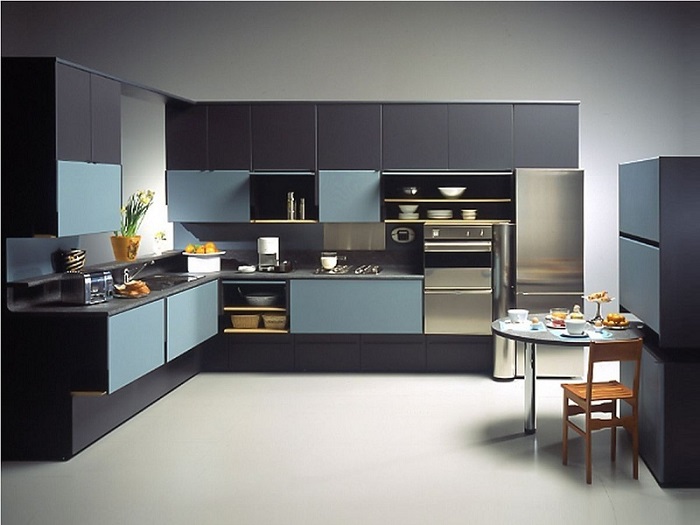How to Incorporate an Italian Look in Your Kitchen Remodel
Remodeling your kitchen may be a fun project, and if you’ve ever wanted to add a little bit of Italy to your house, now is the time to do it. Italian kitchens are recognized for their cozy and welcoming ambiance that combines utility with classic elegance. Embracing an Italian aesthetic may help you design a place that oozes comfort and flair in your kitchen, whether you’re a seasoned cook or you simply like spending time there. We’ll look at several essential components and design concepts in the following article to assist you in giving your renovated kitchen a really Italian feel.

Rustic Charm with Natural Materials
The use of natural materials is one method to produce the rustic and lovely character that many Italian kitchens appreciate. To give a sense of Old-World character, use wooden cabinetry with a distressed finish or exposed beams on the ceiling. Floor tiles made of terra-cotta, which have long been a fixture in classic Italian houses, may improve the mood even more.
Warm and Earthy Color Palette
Consider warm and earthy tones when choosing the color palette for your Italian-inspired kitchen. Olive greens, warm creams, rich browns, and deep oranges may all be used to make an area seem snug and welcoming. For a unified and genuine design, think about using these colors on your walls, backsplash, and even kitchen equipment.
Tuscan-Inspired Backsplash
A wonderful way to add some Italian flare to your kitchen design is via the backsplash. Think about a Tuscan-style backsplash with hand-painted ceramic tiles that feature traditional themes like sunflowers, grapes, or olive trees, or images of the Italian countryside. You may quickly enter the rustic beauty of an Italian home with this simple addition.
Open Shelving and Displayed Cookware
Open shelving is a common feature in Italian kitchens, allowing you to show off your exquisite cookware and dishes with pride. To display on your open shelves, make an investment in some high-quality, vibrant Italian pottery or ceramic cookware. It not only gives your kitchen a genuine Italian atmosphere, but it also enhances the livability of the space.
Warm and Inviting Lighting
Any kitchen needs enough lighting, and for an Italian aesthetic, use warm, welcoming lighting fixtures. Wrought iron elements on chandeliers or pendant lights may lend a touch of elegance, and soft, warm lighting creates a friendly, intimate atmosphere. You may admire the beauty of your Italian-inspired kitchen day and night in well-lit areas.
Cozy Dining Nook
If there is room, think about setting up a quaint dining area in your kitchen. The atmosphere of an Italian trattoria may be recreated with a rustic wooden table and mismatched seats or a built-in bench. To finish the design, add colorful couches and a vintage tablecloth to the space.
Fresh Herbs and Greenery
A small herb garden or potted herbs on your kitchen windowsill may add to the Italian aesthetic while giving you a handy supply of delectable ingredients. Fresh herbs are recognized for their usage in Italian cooking. To further enhance the natural beauty of the room, think about adding some greenery to your kitchen, such as potted plants or a fresh bouquet of flowers.
Conclusion
Creating an Italian-inspired sanctuary in your kitchen is an exciting undertaking that will definitely give your house a new lease of life. You may create a place that emanates the beauty and charm of Italian kitchens by combining natural materials, warm hues, Tuscan touches, and comforting features. Start your remodeling project now to enjoy an Italian kitchen in the comfort of your own home!



Commenti recenti